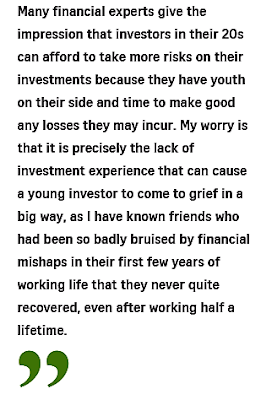When markets tank, sometimes the best course is to do nothing.
Brexit has certainly been barf-inducing for those of us who own stocks.
U.S. stocks lost a total of $1.4 trillion of market value on Friday and Monday, the first two trading days after United Kingdom voters stunned the world by approving Brexit, a plan for Britain to exit the European Union.
This number, from Wilshire Associates, works out to a 5.57% loss. Sure, that’s a modest fall compared to the 9.28% drop in Britain’s leading stock indicator, the FTSE. But any time more than $1 trillion of U.S. stock market value evaporates in just two days, you’ve got to pay attention.
What should you, as a retail investor, do with your portfolio as a result of Brexit? My suggestion is that you do exactly what I’m doing: nothing.
Sure, if you had a time machine, you could go back to last Thursday and sell your U.S., British, and European holdings at prices substantially above what they currently fetch.
But I don’t have a time machine, and neither do you. So there’s nothing you can do about not having sold before the Brexit voting results were announced.
The one thing you don’t want to do is panic, and sell everything. The fact is that no one knows how Brexit is going to play out. Few people foresaw that U.K. voters would back Brexit. It’s not at all clear when and how Britain’s split from Europe will take place, and what the consequences will be. Or how financial markets will react. Or whether British voters will decide they need a do-over, though I wouldn’t bet on that.
It’s certainly creepy to watch the British pound fall 12% against the dollar in two days, and to contemplate the prospect of possible chaos and disunion in both the U.K. and the rest of Europe.
And it’s absolutely appalling to watch the share price of Barclays, the giant British banking institution, fall 35% in pounds (and 42% in dollars) in just two days.
But you need to get a grip. Even with those two horrendous trading days, the U.S. market is up 10.8% from its low this past February, according to Wilshire. If you didn’t panic then, which I hope you didn’t, there’s no need to panic now.
I don’t know where the U.S., British, and European stock and bond markets go from here. Nobody knows. In my recent column, I advised you not to be overly emotional about stocks. I’m saying that again, only more so. Stocks were up nicely today when last I looked, but who knows if that will continue?
Sure, I wish I had sold on Thursday, a day that my financial assets reached what was probably their all-time high (adjusted for the price of a condo unit that my wife and I purchased last February). But I didn’t sell, and I hope you didn’t, either.
So let’s take a deep breath, try to stay calm, and see what happens in the next few days, the next few weeks, and the next few months. That’s my plan. It should probably be your plan too. - time.com













